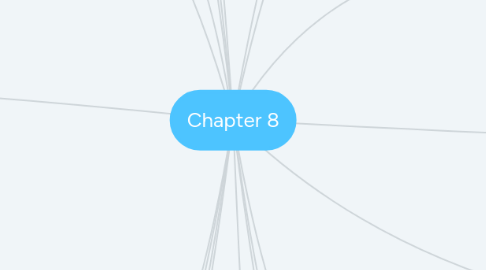
1. Dimensions of privacy
1.1. Psychological: to have a sense of control
1.2. Legal: to be able to protect yourself
2. Hardware key logger
2.1. hardware device that captures keystrokes moving between keyboard and motherboard
3. – the right to left alone when you want to be, to have control over your own personal possessions, and not to be observed without your consent
4. PRIVACY
4.1. Key logger software
4.1.1. a program that, when installed on a computer, records every keystroke and mouse click
5. Identity Theft
5.1. the forging of someone’s identity for the purpose of fraud
5.2. Phishing
5.2.1. a technique to gain personal information for the purpose of identity theft
5.3. Spear phishing
5.3.1. targeted to specific individuals with something in common—they work at the same company, bank at the same financial institution, attend the same college
5.4. Whaling
5.4.1. targeted to senior business executives and government leaders
6. Pharming
6.1. rerouting your request for a legitimate Web site
6.1.1. sending it to a slightly different Web address
6.1.2. redirecting you after you are already on the legitimate site
6.2. Reasons for Monitoring
6.2.1. Hire the best people possible
6.2.2. Ensure appropriate behavior on the job
7. Cookie
7.1. – a small file that contains information about you and your Web activities, which a Web site places on your computer
7.2. Handle by using:
7.2.1. Web browser cookie management option
7.2.2. Buy a program that manages cookies
8. Spam
8.1. unsolicited e-mail from businesses advertising goods and servicesl
9. Adware
9.1. – software to generate ads that installs itself when you download another program
10. Spyware (sneakware, stealthware)
10.1. software that comes hidden in downloaded software and helps itself to your computer resources
11. Ethics
11.1. the principles and standards that guide our behavior toward other people
12. Actions in ethical dilemmas determined by
12.1. Your basic ethical structure
12.1.1. Minor ethical violations
12.1.2. Serious ethical violations
12.1.3. Very serious ethical violations
12.2. The circumstances of the situation
12.2.1. Consequences
12.2.2. Society’s opinion
12.2.3. Time to consequences
12.2.4. Relatedness of people who will be affected
12.2.5. Reach of result
13. Intellectual Property
13.1. intangible creative work that is embodied in physical form
13.2. Copyright – legal protection afforded an expression of an idea
13.3. Fair Use Doctrine – may use copyrighted material in certain situations
13.4. Pirated software – the unauthorized use, duplication, distribution, or sale of copyrighted software
14. Trojan horse software
14.1. software you don’t want inside software you do want
14.2. some way to detect
14.2.1. AdAware at www.lavasoftUSA.com
14.2.2. The Cleaner at www.moosoft.com
14.2.3. Trojan First Aid Kit (TFAK) www.wilders.org
14.2.4. Check it out before you download www.spychecker.com
15. Web log
15.1. one line of information for every visitor to a Web site
16. Clickstream
16.1. records information about you such as what Web sites you visited, how long you were there, what ads you looked at, and what you bought.
17. Anonymous Web browsing (AWB)
17.1. hides your identity from the Web sites you visit
17.1.1. The Anonymizer at www.anonymizer.com
17.1.2. SuftSecret at www.surfsecret.com

